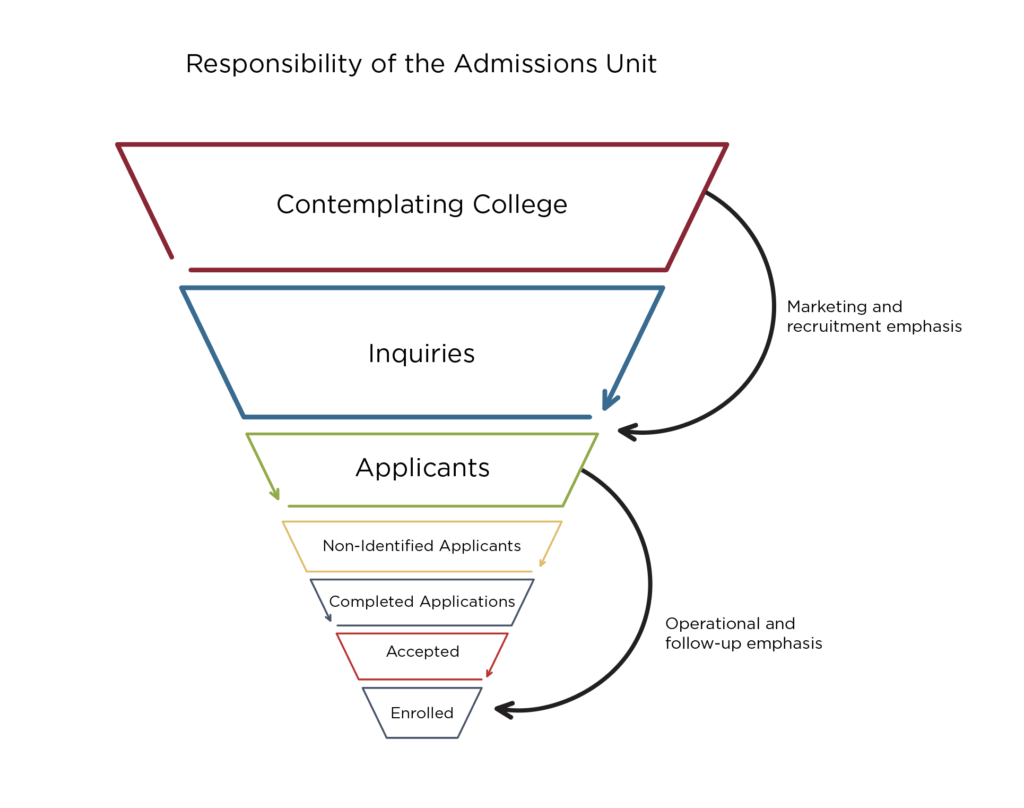Category: Enrollment Marketing
-

Who’s Not Coming to the Party and Why? Tips to Attract Attention from Non-Engagers
-

Strategic Planning Checklist: Tips for Higher Ed Marketing Teams
-

Situational Analysis Checklist: Tips for Higher Ed Marketing Teams—Part 1
-

Situational Analysis Checklist: Tips for Higher Ed Marketing Teams—Part 2
-
Sender’s Remorse: How to Recover When Student Messaging Goes to the Wrong Audience
-

Refining Email Messages for Dual-Enrolled Students
-

Drinking from a Fire Hose? 5 Tips to Manage Higher Ed Marketing with a Lean Team
-

Communication Timing: Send Students the Right Recruitment Message at the Right Time
-

Designing Email Content? Answer These 5 Questions to Start Off Right